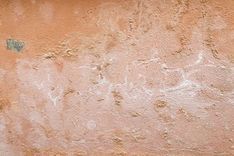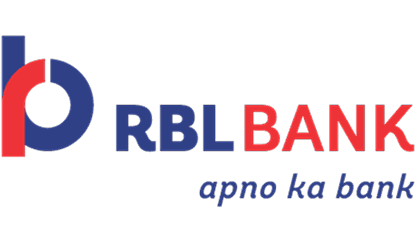In India's coastal and humid regions, the construction of durable infrastructure presents unique challenges. Pre-engineered buildings (PEBs), known for their efficiency and adaptability, are increasingly favoured by micro, small and medium enterprises (MSMEs). However, the corrosive environments of these regions necessitate specific strategies to ensure the longevity and integrity of PEBs.
Understanding the corrosion challenge
Coastal and humid areas expose structures to high humidity, salt-laden air and temperature fluctuations. These conditions accelerate corrosion, compromising structural integrity and leading to increased maintenance costs. For instance, studies have shown that in India's coastal zones, the corrosion rate of steel structures can be significantly higher than in inland areas.
Material selection: the first line of defence
Choosing the right materials is crucial for corrosion resistance:
Hot-dip galvanised steel - This steel is coated with a layer of zinc, providing sacrificial protection against corrosion. It's widely used in PEBs for its cost-effectiveness and durability.
Galvalume sheets - A combination of aluminium, zinc and silicon, galvalume offers superior corrosion resistance, especially in roofing and cladding applications.
Stainless steel - Grades like 316L are highly resistant to corrosion, making them suitable for fasteners and components exposed to harsh environments.
Aluminium alloys - Lightweight and corrosion-resistant, aluminium is ideal for certain PEB components, though it may require protective coatings in highly corrosive settings.
Protective coatings and finishes
Applying appropriate coatings enhances the corrosion resistance of PEBs:
Epoxy primers and polyurethane topcoats - These provide a robust barrier against moisture and chemicals.
Polyvinylidene fluoride (PVDF) coatings - Known for their durability and resistance to UV radiation, PVDF coatings are effective in coastal environments.
Zinc-rich paints - These offer cathodic protection, especially useful for touch-up applications and areas prone to wear.
Design considerations for corrosion mitigation
Thoughtful design can significantly reduce corrosion risks:
Avoiding water traps - Designing structures to prevent water accumulation helps minimise corrosion.
Ensuring proper drainage - Incorporating effective drainage systems prevents water stagnation.
Using compatible materials - Avoiding galvanic corrosion by ensuring that connected metals are compatible is essential.
Maintenance and inspection protocols
Regular maintenance extends the lifespan of PEBs:
Scheduled inspections - Routine checks for signs of corrosion allow for early intervention.(kishoreindustries.in)
Cleaning regimes - Removing salt deposits and debris reduces corrosive elements.
Reapplication of coatings - Periodic recoating maintains protective barriers.
Leveraging technology for corrosion monitoring
Modern technologies aid in proactive corrosion management:
Sensors and monitoring systems - These provide real-time data on environmental conditions and structural health.
Predictive analytics - Using data to forecast potential corrosion issues enables timely maintenance.
Government guidelines and standards
Adhering to national standards ensures compliance and safety:
IS 2062 - Specifies requirements for hot-rolled medium and high tensile structural steel.
IS 800 - Provides general construction guidelines in steel.
IS 277 - Details specifications for galvanised steel sheets.
Conclusion
For MSMEs operating in India's coastal and humid regions, implementing best practices in material selection, protective coatings, design, maintenance and technology integration is vital for constructing corrosion-resistant PEBs. By doing so, businesses can ensure the longevity, safety and cost-effectiveness of their infrastructure investments.




 +91 7208055523
+91 7208055523
 Help & support
Help & support
